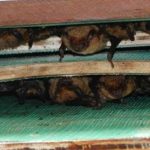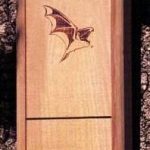By: Mary Douglas

Fall is upon us with winter close behind. A stroll through local parks amid our autumn colors is always a delight this time of year. Take note of the abundant natural foods available for wildlife as you go.
Seed heads heavy with seed will be bent over, acorns will be scattered about the undergrowth, and berries will be heavy on the stems. Native plants and trees you may find include Sunflowers, Serviceberry, Red Cedar, Wild Plum, Black Cherry, Oaks, Basswood, Beautyberry, Dogwood, Hawthorn, Sumac, Virginia Creeper, Coneflower, Liatris, Asters, Black-Eyed Susan, Native Grasses, Winterberry, and others. Many of our native plants look like a weed, yet they are nature’s grocery store for our wildlife. You will likely find some of these natural foods in your yard. Along with the wild food, fall provides leaf litter on the ground that is winter nesting material for birds, squirrels, and bugs.
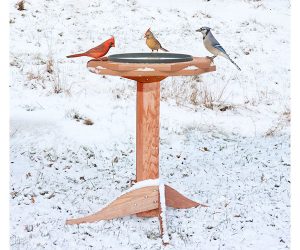
The Missouri Department of Conservation recommends leaving the native foods and litter where they are for the birds and critters. We can help our local wildlife by leaving and encouraging such native resources in our yards. Fall is the prime time to expand your native perennial plants either by division and replanting or by purchasing starts from local growers. Adding a reliable source of fresh water, such as a heated birdbath, and seed and suet feeders to supplement the wild harvest will attract and help support your local wild residents through fall and winter. Future benefits will show themselves in years to come.
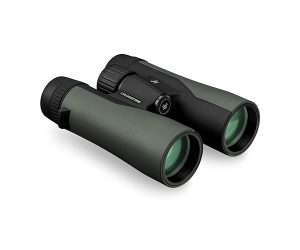
Fall also brings the shortened daylight hours that triggers the migration of birds. September is often the month we see the most activity at feeders from migratory birds. Birders have a great opportunity to take pictures in the fall as the birds offer unusual opportunities to see them as they move through on their way south. Cameras and binoculars are often in our pockets as we stroll about our parks. Songbird Station offers a wide variety of feeders, baths, and optics to meet your needs and budget. Utilitarian or decorative there is something for every bird lover and a variety of seeds and seed blends for every bird species. Take advantage of Nature’s bounty in the native plants, add a few strategically placed feeders, and use your binoculars to watch the show!

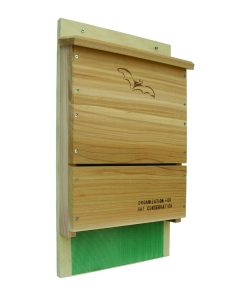

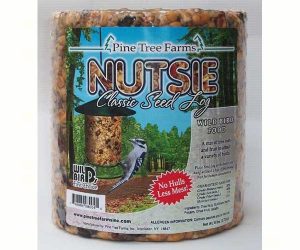
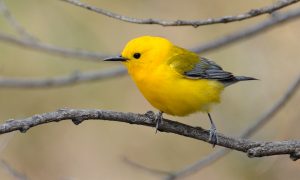
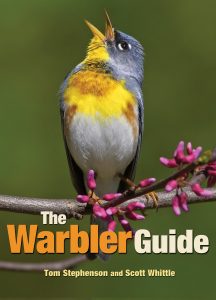
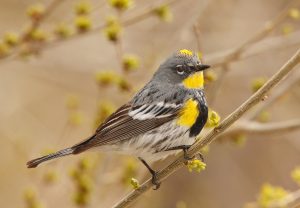
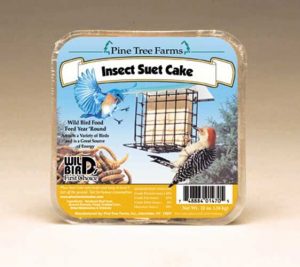
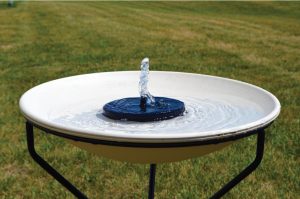

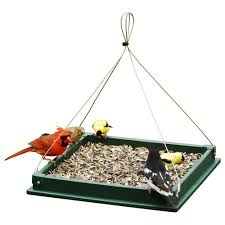
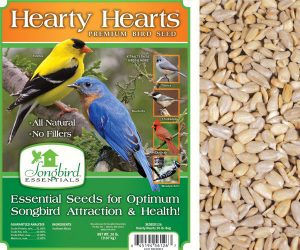
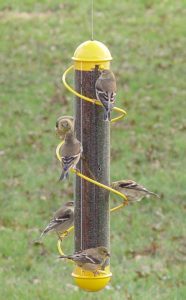
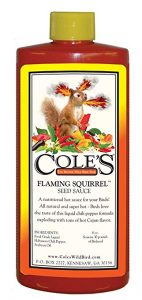
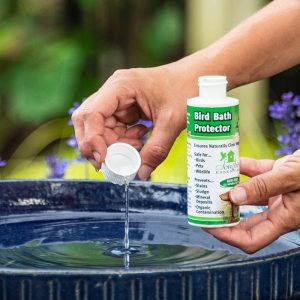
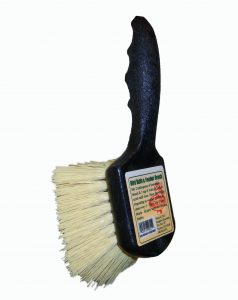

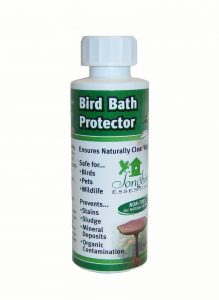

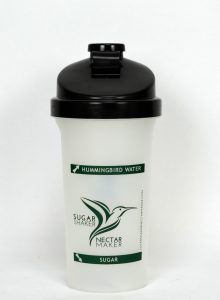
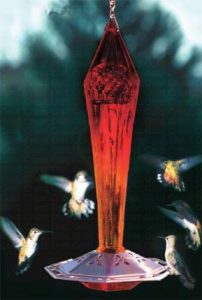
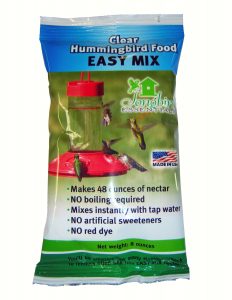
 Dr. JB’s Complete Switchables Available in
Dr. JB’s Complete Switchables Available in 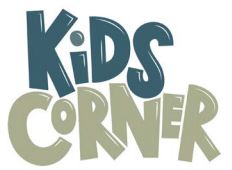
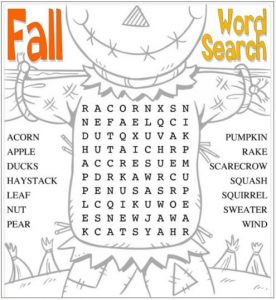 Fun Facts About Bats:
Fun Facts About Bats: